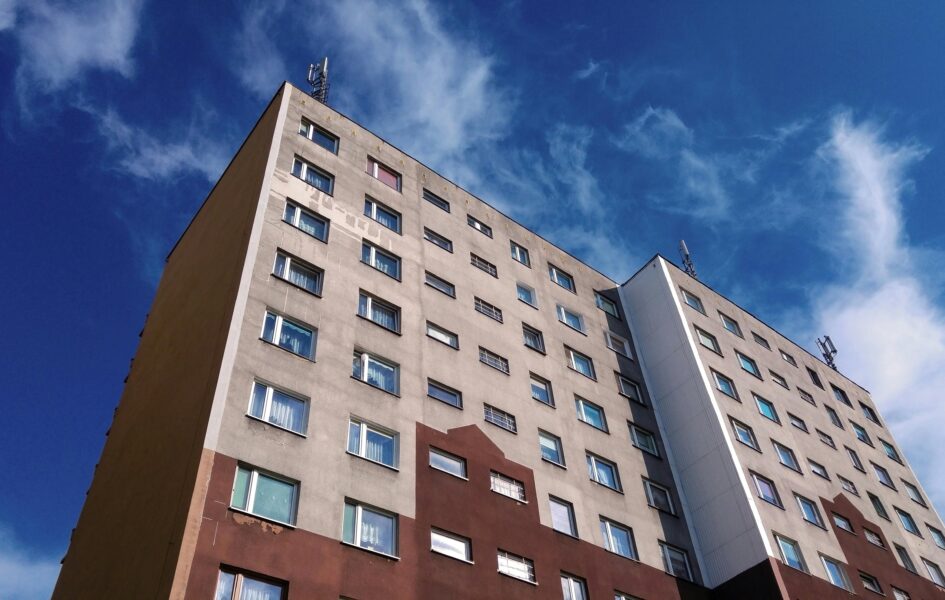Maximizing tenant satisfaction is crucial for property managers to maintain a positive reputation, ensure tenant retention, and attract new renters. In this guide, we’ll explore key strategies to improve tenant communication, address maintenance concerns, and build long-lasting relationships in the property management industry.
Address Maintenance Concerns Promptly
Tenants want to feel like their living space is well-tended and cared for. Be highly responsive to maintenance issues and have a plan for regular inspections. Have a designated team or contractor to handle maintenance issues, and consider implementing preventive maintenance to avoid issues in the future. Set response time expectations and communicate them to tenants.
For buildings with elevators, it is important to ensure their safety and proper functionality. Scheduling regular elevator inspections with reputable elevator inspection companies ultimately contributes to tenant satisfaction and the overall maintenance of the property.
Offer Amenities Tenants Value
Providing meaningful amenities can help set a property apart in the eyes of prospective and existing tenants. Consider incorporating amenities such as access to high-speed internet and cable services, on-site fitness centers, recreational facilities, pet-friendly accommodations, and designated pet areas.
Establish Open and Consistent Communication
One of the foundations of effective property management is open and consistent communication between tenants and property managers. To create an environment of trust, consider setting up a tenant portal for submitting inquiries and maintenance requests. Implement a transparent system for tracking requests and updating tenants on the progress. You can also utilize social media and newsletters to share updates, community events, and other relevant information.
Provide Flexible Lease Terms
Offering flexible lease terms grants tenants more control over their living situations and demonstrates an understanding of the varied needs of different renters. By accommodating a range of lease durations and options, you can cater to a wider tenant pool and keep existing tenants satisfied. Allow for short-term leases, which may appeal to students or temporary workers, and offer the ability to renew leases with customizable terms, such as month-to-month or yearly agreements. Consider implementing rent flexibility clauses that cater to tenants experiencing unexpected hardships or changes in their financial circumstances.
Create a Sense of Community
Creating a sense of community helps tenants feel happier in their living situation, resulting in increased satisfaction. Some suggestions for fostering a sense of community include:
- Organize regular events for tenants, such as meet-and-greets or annual parties.
- Provide communal spaces where tenants can relax and interact with one another.
- Encourage tenants to get involved in community projects and volunteering.
Streamline the Application and Move-in Process
A smooth application and move-in process set the tone for a positive tenant experience. Ensure the onboarding process is as efficient, user-friendly, and organized as possible. Try to create a streamlined online application process that includes uploading necessary documents and running background checks. Provide clear instructions on how to sign lease agreements, pay deposits, and transfer utilities, and offer a comprehensive move-in welcome package that consists of important information and contact details to help tenants settle in more comfortably.
Prioritize Safety and Security
A safe and secure environment is a top consideration for many tenants. Take proactive measures to ensure the safety of your tenants and their belongings. Install security cameras and proper lighting throughout the property, and provide secure, keyless access to building entrances and apartments. Offer tenant insurance options to protect their belongings.
Train and Support Your Property Management Team
A well-trained and dedicated property management team can make all the difference in maximizing tenant satisfaction. Prioritize and invest in employee development and support. Provide property managers with ongoing training and resources to help them excel in their roles and stay up-to-date with industry best practices. Implement a system for tracking team performance and addressing concerns promptly. Encourage a culture of teamwork, empathy, and exceptional customer service to ensure tenants have positive interactions with your team members.
Encourage Feedback and Continually Improve
To continuously enhance tenant satisfaction, ask for feedback, and make adjustments accordingly. Send out regular tenant satisfaction surveys to gather their thoughts and concerns, act on the feedback received, and inform tenants about the improvements being made. Keep a pulse on industry trends and be open to adapting and evolving your approach.
Final Thoughts
By prioritizing open communication, addressing maintenance concerns, and building a genuine sense of community, property managers can maximize tenant satisfaction. Keep in mind that tenant satisfaction is an ongoing process that requires active engagement, listening, and adapting to tenant needs. Implement these strategies and observe how maximizing tenant satisfaction can lead to long-term success in the property management industry.
